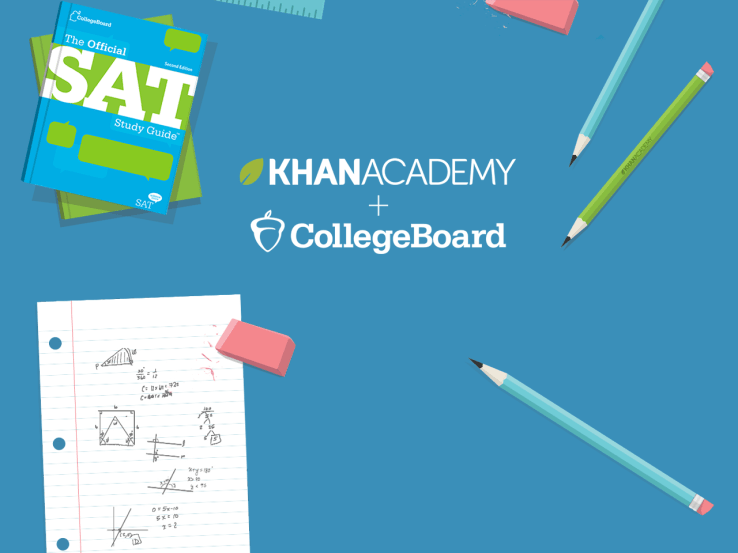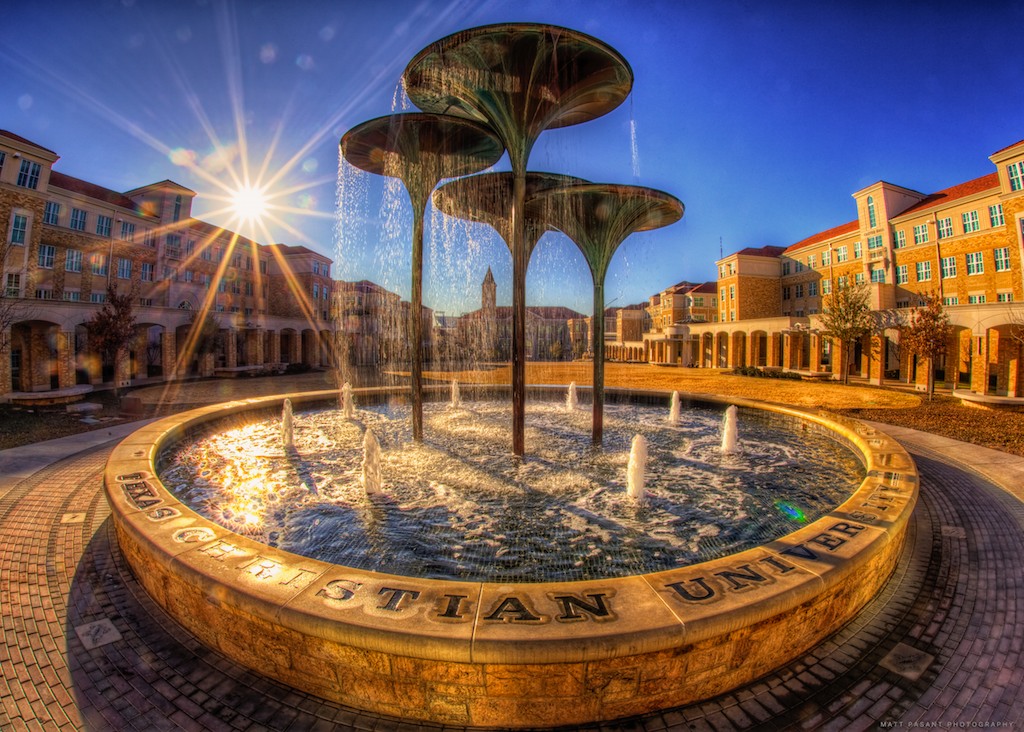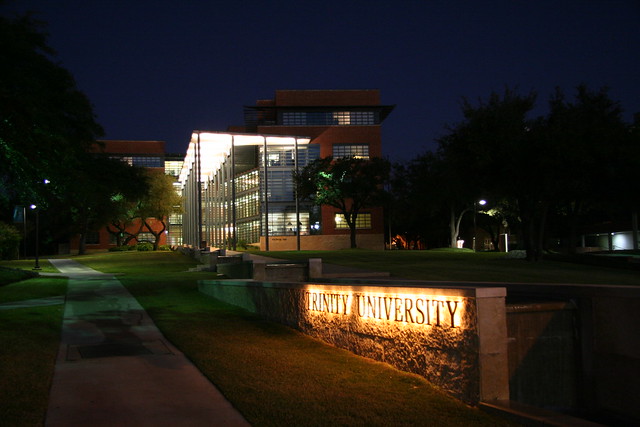All this week, I'll be working from the West Coast because I'm in California for the National Association for College Admission Counseling (NACAC) national conference. Today (or by the the time you read this, yesterday) I was able to tour the five Claremont Colleges located in the greater Los Angeles area. I was really excited to get to see these schools in the flesh because I've been adding them to college lists for years. They didn't disappoint! What a unique group of schools and what a great example of how so many 'good schools' can be located in virtually the exact same place and yet still be the right fit of only certain types of students.
Some background: Pomona was the first of the schools to be founded in the late 1800s- the goal being to replicate the Liberal Arts colleges of the East in the burgeoning territory near the Pacific. Over the next 80 or so years, new schools were added in what became the first truly intentionally planned consortium college system in the country. The five undergraduate schools (and two graduate schools) of Claremont fit together like a harmonious puzzle, each with their own separate operating structure, application process, and personality. Scripps college, the only women's college of the bunch, was founded in the 1920s, not surprisingly during the wave of the women's suffrage. Next came Claremont Men's College (later Claremont McKenna), in response to the G.I. Bill and the wave of veterans returning home in the 1940s. The space race of the 1960s gave birth to Harvey Mudd College, a place dedicated to the STEM fields. And last came Pitzer, the higher-ed response to the civil rights movement of the 1960s, a school committed to social justice and social awareness.
These five schools are all small, but taken together they have over 6,500 students on campuses that all butt up against one another. Truly an integrated layout of five small places part of one medium sized family, these schools have some overlap but remain true individuals.

The day started at Scripps College. Scripps is a women's college but that distinction isn't the only thing that sets it apart. Our tour guide said it best when she said, "you know in class how you have students who always do all of the reading? Those are students who should apply to Scripps." In other words, these are young women that don't cut academic corners. They study hard and enjoy it. They are leaders and are active in the classroom-- described as both multi-interested and multi-talented. This isn't a great school for party seekers -- it is a place for students who want a calm and composed college living environment. Passion and hard work are valued and expect to find lots of traditions (a common thread at women's colleges). As an aside, our tour guide also had a great general college search tip: her father used to video tape her after every college tour describing what she felt were the immediate pros and cons of the school. What a fantastic idea! (And perfect to watch at your college graduation party). In her case, she knew Scripps was the right school when she couldn't find anything wrong with it to say for the camera.

Next we headed over to Harvey Mudd College, the school for STEM. It is a liberal arts place, but the range of majors is much more narrow. As in, you can major in life sciences, engineering, math, and computer science. This is not the place to look for an Art History major but it is a place they would like for you to be able to be interested in talking about an Art History coffee table book (**with that said, if you want to take an Art History class, the beauty of the consortium set up is you can take an Art History class, just not at Harvey Mudd). Students here work hard. There is a core curriculum and it is unapologetically heavy. They made a point to emphasize how they are mission driven and that mission is to educate STEM folks who are also socially aware. The original founder of the school was a scientist who walked away from the Manhattan Project. They educate top science and math minds but also require that students take about 30% of their courses in the humaniites. Writing is a huge part of the curriculum, so a student looking to only to crunch numbers won't be happy here. Harvey Mudd described themselves as intense, supportive, and close knit. One parent supposedly refers to the students as 'Geek Marines' -- highly intellectual kids who leave no man behind, pulling their peers across the finish line in the most difficult of classes. The first semester here is pass/fail for everyone - an effort to help soften the blow for students who have been regarded as the best of the best there entire life who might not be used to earning Cs or Ds. The strongest predictor of success is attitude. Students who are able to cope with struggling and put in the effort to earn their keep are the ones that are best able to hang tough. It is fast paced, but full of safety nets to prevent students from falling through the cracks. Most of the overlaps to Harvey Mudd are much larger schools, but they are consistently grouped with places like MIT, CalTech, and Stanford because they put out engineers and scientists and mathematicians that know their stuff. All students are required to do research. There is an honor code and professors put a lot of trust in their students. This is a self-selecting place, it won't appeal to everyone. The 13% accept rate also is an indication that they don't really need to appeal to everyone. They are doing just fine.

For lunch, we next went over to Pomona. We had the chance to eat in the dining hall, probably my favorite part of these tours, yum! The largest and one of the more academically broad of the 5 Cs, Pomona reminded me of a lot of the other West Coast liberal arts colleges. The physical plant is the largest, the streets are the widest, there is more open space. As with all of the schools, the financial aid at Pomona is fantastic. They will meet demonstrated need and go even farther by eliminating loans in financial aid packages. If I had to categorize, I would say Pomona struck me as the most 'mainstream' of the schools. For a student not positive enough about their career path, Pomona feels like the place with the most room to explore (Scripps would also probably be a close second in regard to academic breadth).

Next, we made it to Pitzer. The only test-optional college of the bunch, Pitzer is the most 'alternative' and progressive of the five schools. Even down to the desert landscaping to address concerns of environmental sustainability, Pitzer walks the walk of their mission. They are about human rights, social justice, climate awareness, and cultural understanding. They live and breathe interdisciplinary studies. A person that is the right fit for Pitzer is a person who likes to solve problems through multiple pathways. We got to meet some faculty and I really liked the way one professor put it when she said that she sees her role as helping students with privilege stand in
solidarity with those who have less, as opposed to give
charity to those who have less. What a powerful idea. The majority of students at Pitzer study abroad. They seek out new perspectives and are open to taking risks. Another way to tell a Pitzer student is by their clothing-- casual is the dress code. Formality just isn't their thing. This shouldn't be confused with casual learning -- thought here is deep and meaningful. There just isn't a need for pretense, no air of rigidity, instead students and faculty value being bold, being creative, and taking the paths less traveled.

The final school of the five that we saw was Claremont McKenna. This school is more focused on economics, political science, and government. We only had two students talk to us on the panel, but they were both awesome. Extroverted, eager, honest, and friendly these are young people that are not wallflowers. Hallmarks of CMC are valuing a pragmatic liberal arts education. Taking things beyond the classroom and making them hands on is the driving force behind the institution. There is an emphasis on leadership and an expectation of an equal balance between what are seen as the three parts of a student's life: their academic life, their social life, and their profession life. These are go-getters. This place is for high achievers who are confident and bright. Different from Pitzer, Claremont McKenna students are more on the formal side of the spectrum. If you see a suit on campus, the student probably goes to CMC. Ambition is king (or queen), being goal-oriented is a must, and the motto is: civilization prospers with commerce.
All in all, it was a lot to see five schools in one day. But, I definitely gained a lot of great insight as to what makes each of these schools unique. Much like the painful Today Show features on the kids that get into every Ivy League school, it would be misguided for a student to apply to and be the right fit for all five of these places. That kind of list means that the student isn't paying attention to the schools and their identities. At most, I can't imagine any one student being the right fit for more than three of these schools. They just differ to much in their missions and strengths. But, for anyone considering a California school, give these 5 a second look. The chance to be at a small school with great financial aid in concert with 4 other adjacent schools is too great of an opportunity to pass up.
Thank you to the Claremont schools for hosting me!
On deck tomorrow: San Diego school visits . . .




















